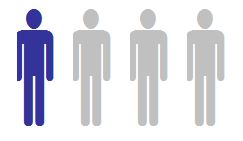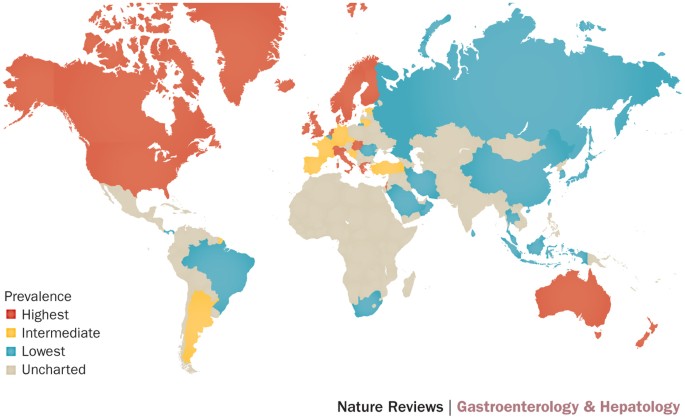What is IBD?
|
Ulcerative colitis (UC) is a chronic inflammatory bowel disease (IBD) characterized by inflammation specifically in the large intestine, affecting the rectum and colon. This inflammation leads to the development of ulcers on the innermost lining of the large intestine. Symptoms of UC can vary in severity, with approximately half of patients experiencing mild manifestations such as:
|
|
Crohn's disease is a chronic inflammatory bowel disease (IBD) marked by inflammation within the gastrointestinal (GI) tract. While it can affect any part of the GI tract from mouth to anus, it frequently manifests in the ileum, where the small intestine connects with the colon. Symptoms associated with GI tract inflammation include:
|
|
Crohn's Disease
|
Ulcerative Colitis
|
Global incidence of Inflamatory Bowel Disease
Approximately 1.4 Individuals in the united states are affected by IBD
Any and All Genders are affected equally
can occur at anytime during a lifetime
While the cause and cure for inflammatory bowel disease remain elusive, the spectrum of pain and symptoms can vary from mild to severe. Here, the I3 team steps in. We've taken a proactive approach to research by enrolling potential participants to build a comprehensive database of IBD patients within the UPHS health system. Furthermore, we're actively investigating the immunological factors implicated in the pathogenesis of IBD. However, the cornerstone of our endeavor lies in the willingness of patients to contribute, which propels us closer to our collective goal.
Copyright © 2020


